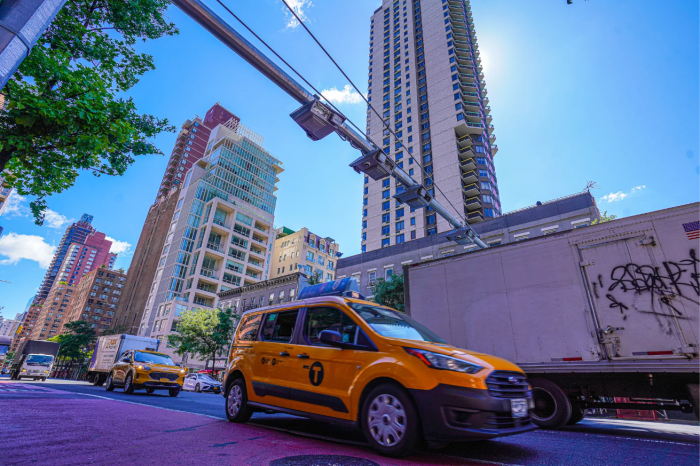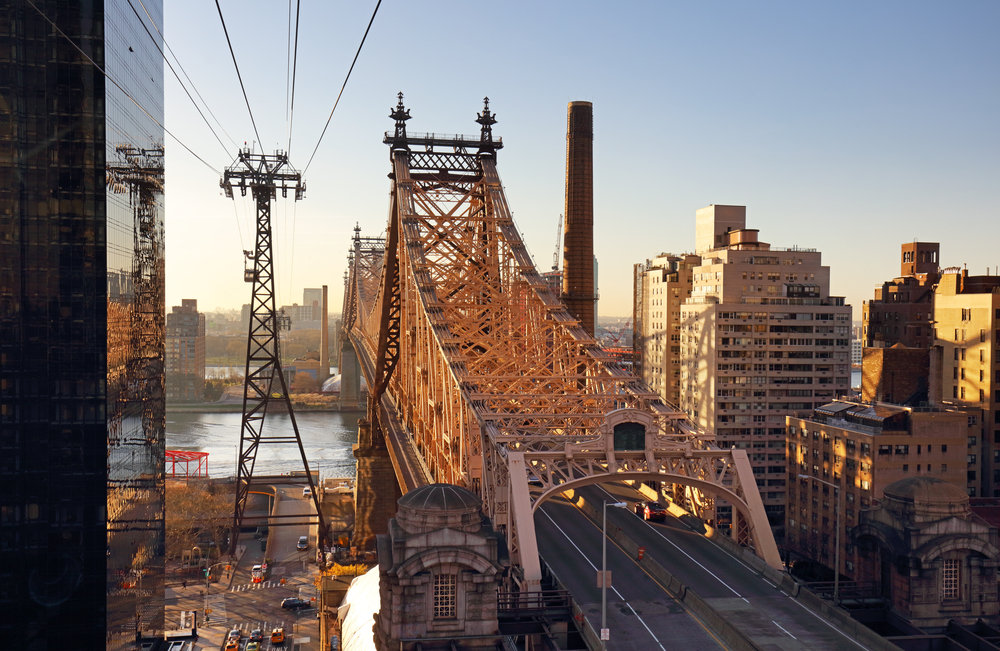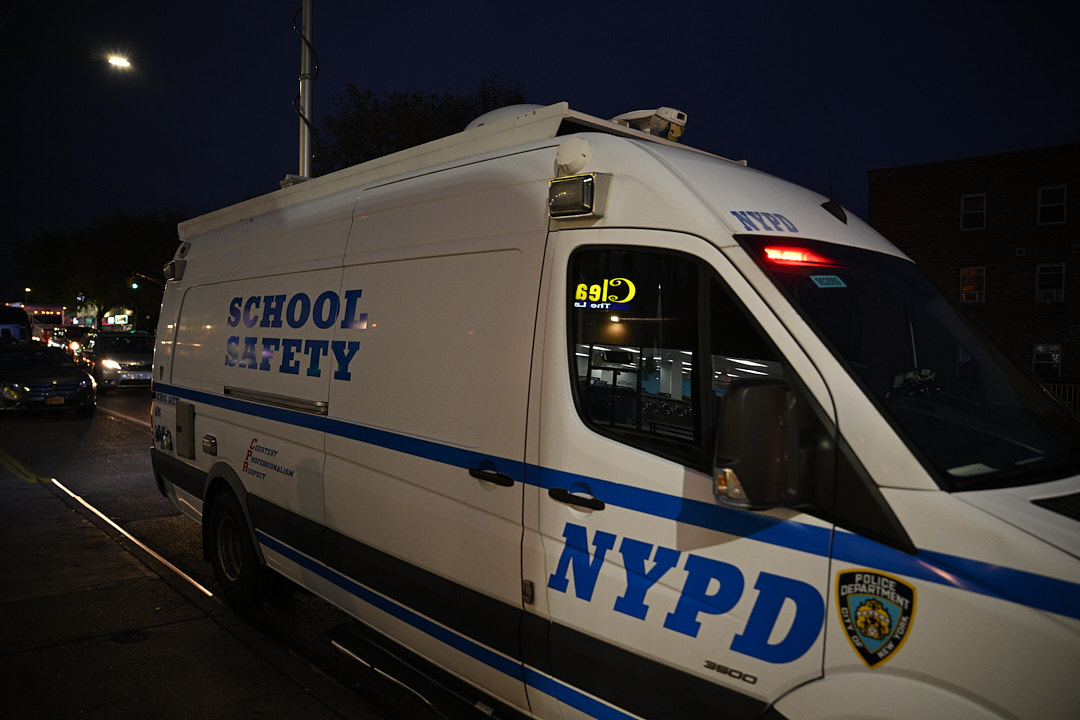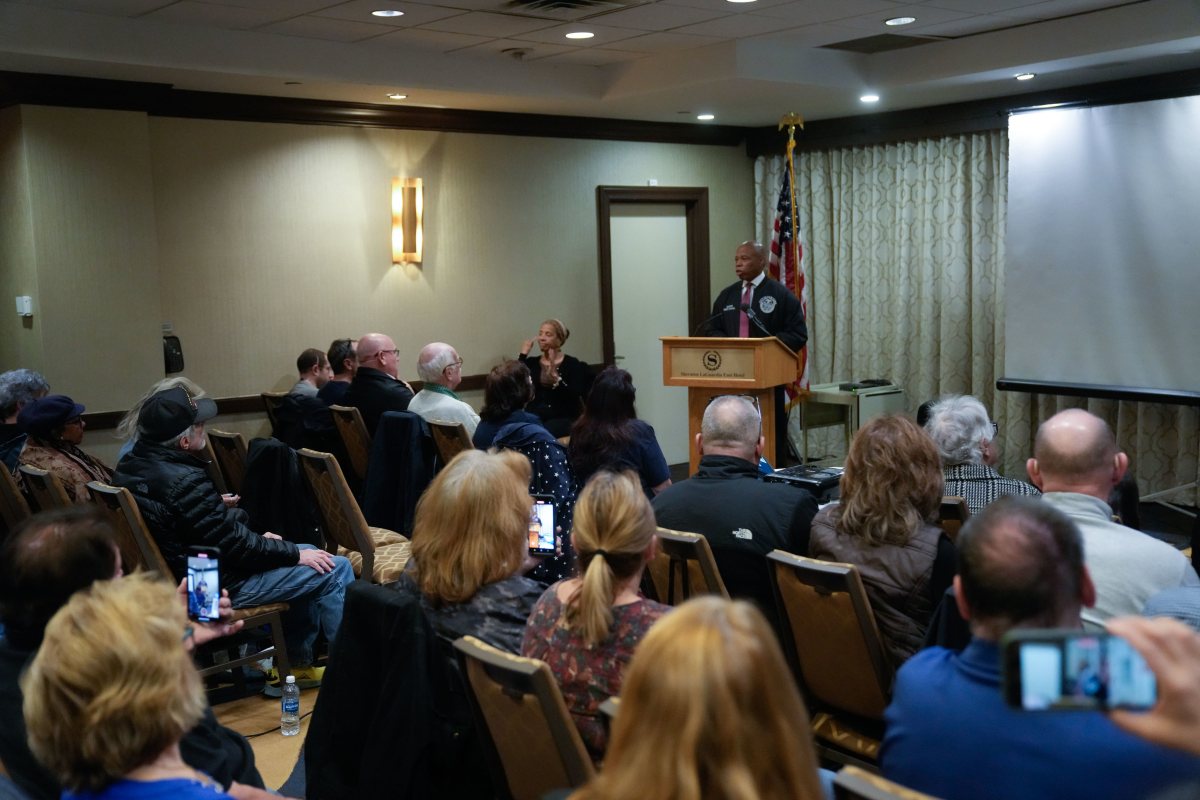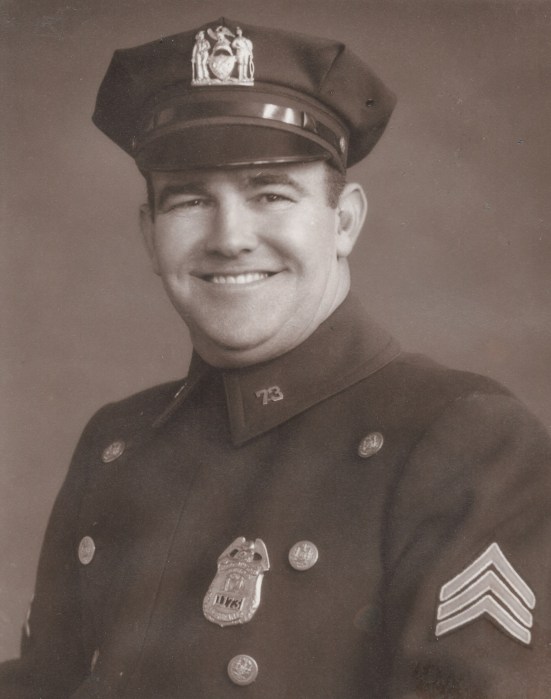
More and more commuters are tapping into the city’s subways and buses.
While extremely limited both in features and locations the number of commuters tapping through the MTA’s new fare system, known as OMNY, has far exceeded the transit authority’s expectations. At 9:05 p.m. on Aug. 8, the MTA recorded its one millionth OMNY tap at Fulton Center — roughly four times faster than it had planned.
“I think the fact that we’ve gotten to the millionth tap so quickly affirms the acceptance by our customers who find it unbelievably convenient,” said MTA chairman Pat Foye in Fulton Center Tuesday, where the authority basked in the news. “It shows something we already know, which is that New Yorkers are tech savvy and willing to try new technology.”
OMNY is currently still in its first pilot stage, during which riders can use mobile wallets or contactless bank cards to tap and pay for single rides at 16 subway stations along the 4,5,6 lines and all Staten Island buses. The system uses at this point fairly ubiquitous open-loop fare technology based on London’s Oyster card and is administered by the same company, Cubic Transportation.
Despite the initial popularity, the MTA has no plans to speed up its staggered roll out of OMNY. Al Putre, MTA’s chief revenue official overseeing the system’s launch, has said the transit authority is deliberately taking things slow to avoid massive flubs or breakdowns — like those seen several years ago in Chicago when the city launched its own version of the fare technology.
OMNY will hit all subway stations and bus routes by the end of next year, when the MTA also plans to start introducing other time-based fare options like weekly and monthly cards. The iconic blue and yellow MetroCard will stick around as a payment option until 2023. OMNY is fully functional: vending machines in stations selling OMNY-branded tap cards; payment incorporation of MTA railroads; and a mobile payment app to manage payment options and balances.

Putre said the MTA is still working out details for how OMNY will expand to other subway lines. First, the MTA will keep adding OMNY scanners to the Lexington Avenue line, up to 125th Street, according to Putre, who believes the best approach will be to incorporate the busiest stations first, not necessarily taking it live line by line.
“We have great flexibility in where we go next … we haven’t made a final decision, but obviously we are going to our heaviest stations,” Putre said. “We’re going to light those up, so we can get interoperability with bus transfer points.”
So far the overwhelming majority of taps, roughly 80%, have come via mobile wallets, because “the banking industry didn’t issue the cards as quickly as we would have liked,” Putre added.
The new technology has raised some privacy concerns among riders, but the MTA has sworn that individual rider identities are anonymous, hidden from banks as well as the authority itself.
“I don’t even know who made the millionth tap,” Putre said. “Unless we get a court order from a judge and go through several of our partners, we wouldn’t know that information. It’s anonymous to us.”
The true value of OMNY has yet to be realized, according to advocates. The MTA has not yet made any policy decisions around the technology’s untapped potential to improve bus service and create a more equitable fare system.
Jaqi Cohen, of the NYPIRG Straphangers Campaign, along with other transit advocacy groups, have called for OMNY to be the launching point for instituting all-door boarding on buses, which has proved to help improve service on Select Bus Service routes. The MTA wants to expand its use of all-door boarding beginning next year, according to Putre.
OMNY could also eliminate the debate around buying weekly or monthly cards while making those discounts more accessible to lower-income commuters who might not necessarily be able to afford a $127 monthly card up front. The fare technology would allow the MTA to follow London in introducing “fare capping,” which could automatically apply time-based discounts if riders use subways or buses a certain number of times in a given window of time.
“Until we see those features we really can’t gauge how well OMNY is doing,” said Cohen.
“But we’re excited about its potential,” Cohen continued. “As the MTA continues to roll out OMNY, there needs to be serious conversation among the [MTA] board about the use of fare capping — especially for low-income riders who end up priced out of the time-based discounts.”




